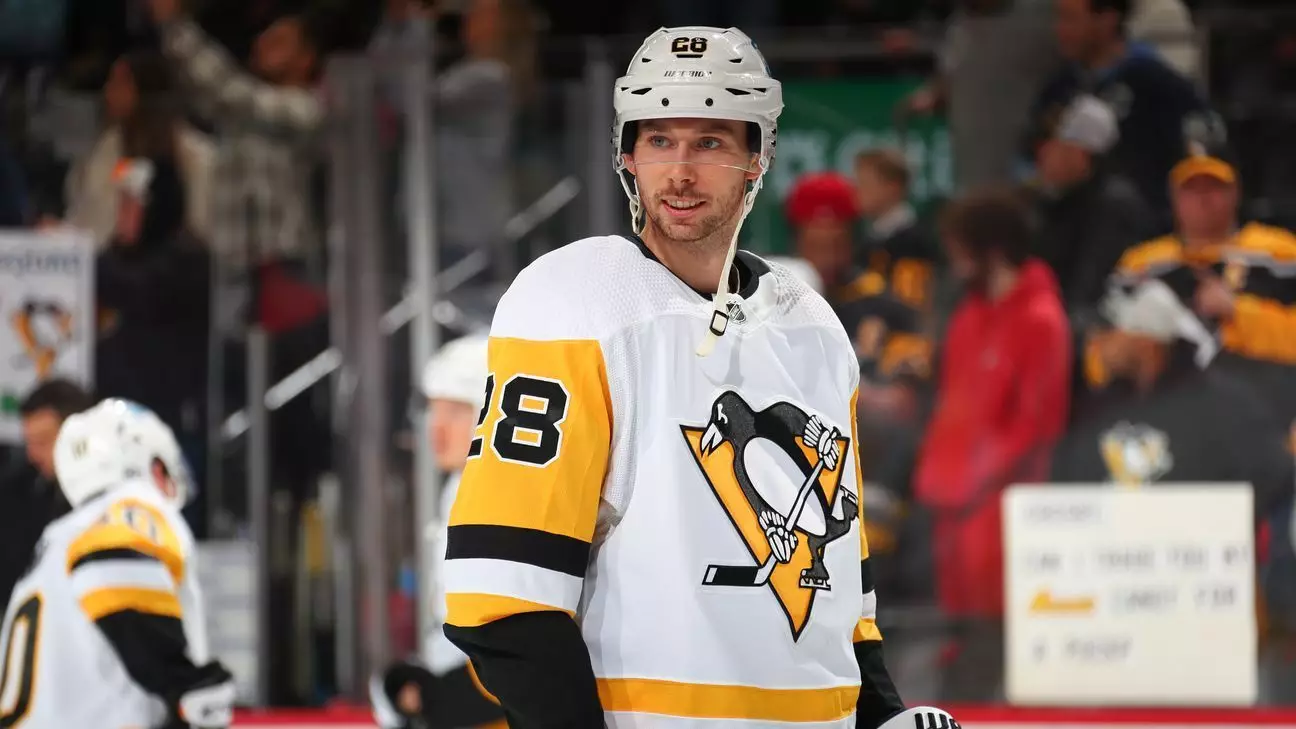As the NHL season approaches its climax, teams are gearing up to make critical decisions regarding their rosters. In a notable shift for the Vancouver Canucks, the franchise has signaled a definitive step towards a strategic rebuild. This recalibration was epitomized by their recent trade with the Pittsburgh Penguins, where they acquired defenseman Marcus Pettersson and forward Drew O’Connor. In exchange, the Canucks parted ways with multiple assets, including their first-round pick from the trade that sent J.T. Miller to the New York Rangers earlier in the day. Such maneuvering raises questions about the Canucks’ long-term strategy and short-term goals.
To fully comprehend the ramifications of this trade, it is crucial to break down the components involved. The Canucks gave up forward Danton Heinen, defenseman Vincent Desharnais, and the rights to Melvin Fernstrom along with a conditional first-round pick from the Rangers for Pettersson and O’Connor. This kind of trade often reflects a team’s urgency to capitalize on available resources while shedding contracts that no longer fit its vision.
The conditional nature of the first-round pick adds a layer of complexity to the transaction. Should the Rangers secure a spot in the top 13 of the 2025 draft, the Canucks could find themselves relinquishing an unprotected pick in a draft rumored to be stocked with high-end talent. This gamble speaks volumes about the current state of the Canucks, indicating that they are focusing on immediate enhancements for roster depth even at the risk of long-term implications.
Marcus Pettersson, a robust two-way defenseman, brings a wealth of experience from his seven years in Pittsburgh. With an average time on ice of over 22 minutes per game, Pettersson showcases both defensive prowess and puck-handling finesse. His statistics, with 18 points in 47 games so far this season, indicate he can contribute offensively as well. However, the fact that he is on an expiring contract poses a significant risk. The Canucks must consider if Pettersson can be part of their long-term plans or if they will lose him to free agency after this season.
Drew O’Connor, on the other hand, offers versatility as he can play on either wing. Although his offensive output has been lackluster this season, he demonstrates tenacity as a forechecker. The challenges he faced while competing for minutes against superstars like Sidney Crosby and Evgeni Malkin highlight the fierce competition within Pittsburgh. His contract, at a modest $925,000, presents a financial opportunity for the Canucks, should he fulfill his potential in a new role with increased responsibility.
The trade also involves the exit of several notable players from the Vancouver lineup. Danton Heinen, who had become a well-known figure during his tenure, will be missed, especially for his ability to contribute modestly on the scoresheet with 6 goals and 12 assists this season. Vincent Desharnais, a towering 6-foot-7 defenseman, provided added depth and a physical presence but had not made a significant impact statistically this season. Both players contributed to the Canucks’ roster and will find new roles within the Penguins’ system.
This overhaul also falls on the heels of Vancouver trading J.T. Miller earlier the same day, signaling a bold effort to pivot from what may have been an unviable trajectory. With Miller going to the Rangers for a young forward, Filip Chytil, and the additional 2025 draft assets, the Canucks appear to be placing heavy bets on youth and flexibility.
The Vancouver Canucks are in the thick of a strategic transformation aimed at nurturing a stronger, more competitive team. The acquisition of Marcus Pettersson and Drew O’Connor illustrates the duality of their approach: enhance immediate depth while managing the risks associated with impending free agency and potential draft losses. It is a high-stakes strategy that could either reinvigorate the franchise or leave them lamenting lost opportunities.
Ultimately, only time will reveal the effectiveness of these trades. As the franchise plots its course, fans can only hope that this period of uncertainty will culminate in a more dynamic and successful roster in the seasons to come. The Canucks’ decisions reveal the balancing act inherent in professional sports: the tension between seizing immediate opportunities and safeguarding future potential.


Leave a Reply